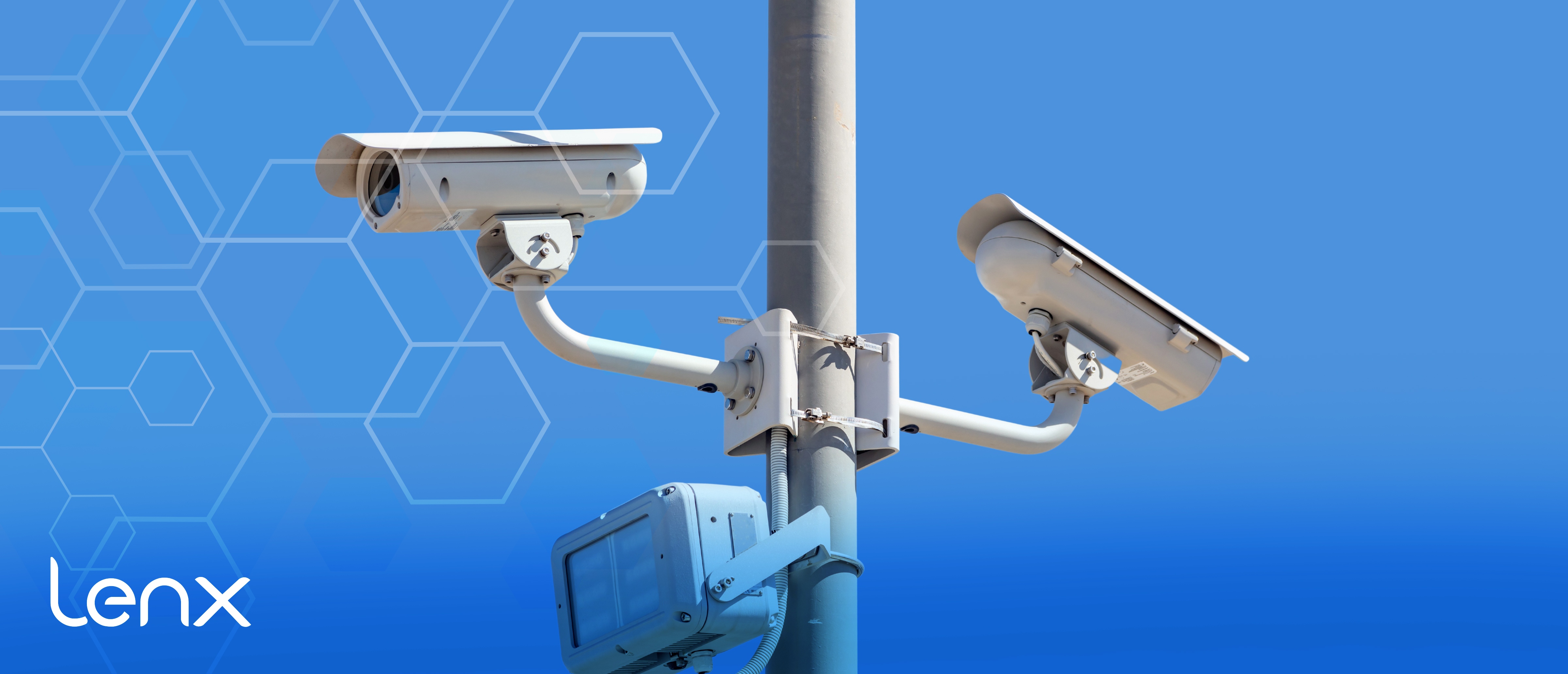
Why AI Security And Active Shooter Detection Systems Are Necessary For A Layered Defense
In the evolving landscape of security, AI plays a pivotal role. It's a key player in active shooter detection systems, enhancing safety and preparedness.
Active shooter incidents are a grim reality. Advanced preparation and response strategies are crucial. AI security, with its ability to analyze data and detect threats, is a game-changer.
A layered defense approach is essential for comprehensive security. It combines AI security with active shooter detection systems, among other measures. This integration can save lives by triggering immediate responses.
In this article, we delve into why AI security and active shooter detection systems are necessary for a layered defense.
The Rise of AI Security in Modern Defense Strategies
AI security is a rapidly growing field. It focuses on protecting systems and data from malicious AI threats. This technology is becoming a cornerstone of modern defense strategies.
AI can analyze data from various sources. It detects anomalies that may indicate a threat. This ability is invaluable in a world where threats are increasingly complex and unpredictable.
AI systems can learn and adapt to new threats over time. This improves their effectiveness, making them a vital part of security strategies.
Investment in AI security is part of a proactive approach to threat management. It's a testament to the importance of AI in modern defense strategies.
Understanding Active Shooter Detection Systems
Active shooter incidents are an unfortunate reality. They require advanced preparation and response strategies. Active shooter detection systems are a crucial part of this.
These systems use AI to quickly identify guns and potential threats, such as fire and smoke. They provide an immediate response to such incidents.
Early detection of active shooters can save lives. It triggers immediate lockdown procedures and law enforcement notification.
Active shooter alarm systems can integrate with other security measures. This includes surveillance cameras and access control, enhancing overall security.
The Role of AI in Active Shooter Detection
AI plays a pivotal role in active shooter detection. It analyzes data from various sources to detect anomalies that may indicate a threat.
AI-powered gun detection technology can differentiate between different types of firearms. This enhances the accuracy of threat detection.
AI systems can learn and adapt to new threats over time. This improves their effectiveness in threat detection and response.
The integration of AI in security systems can reduce false alarms. It also improves the accuracy of threat detection.
Benefits of Integrating AI with Shooter Detection
Integrating AI with shooter detection systems offers several benefits. Early detection of active shooters can save lives by triggering immediate lockdown procedures and law enforcement notification.
AI-enhanced active shooter alarm systems can integrate with other security measures. This includes surveillance cameras and access control systems.
Real-time threat detection allows for quicker decision-making during critical incidents. This is crucial in minimizing harm.
AI security can also help in post-incident analysis. This improves future responses and helps understand attacker behaviors.
Challenges and Ethical Considerations
Implementing AI security measures comes with challenges. Privacy concerns must be balanced with security needs. This is a delicate balance to maintain.
The ethical use of AI in security applications is a topic of ongoing discussion. It's crucial to ensure AI systems are reliable, unbiased, and tamper-proof.
User training is also essential. This ensures that AI-enhanced security tools are used correctly and effectively.
The Importance of a Layered Defense Approach
A layered defense approach is crucial for comprehensive security. It combines multiple systems and methods, including AI security and active shooter detection.
This approach enhances safety and preparedness against potential threats. It's a proactive approach to threat management.

